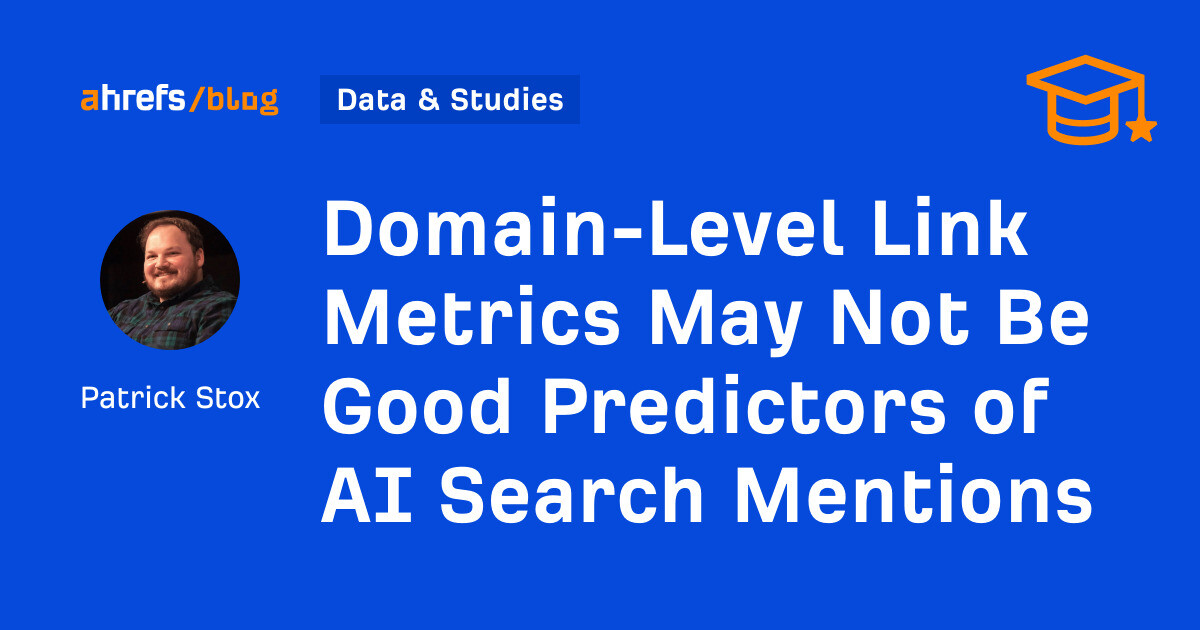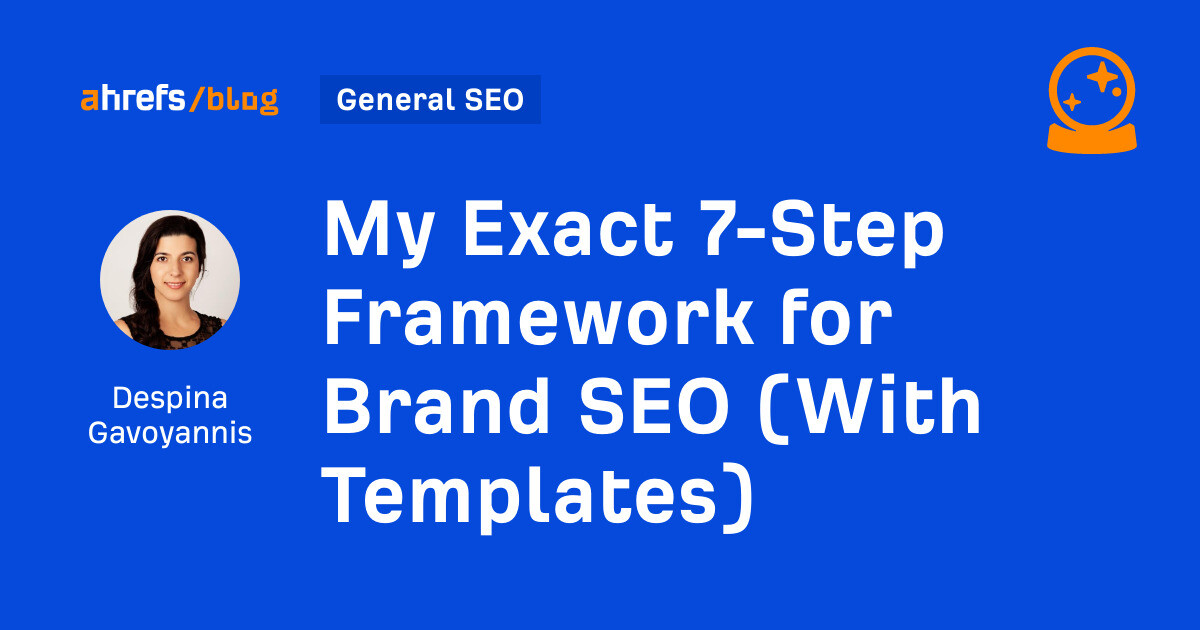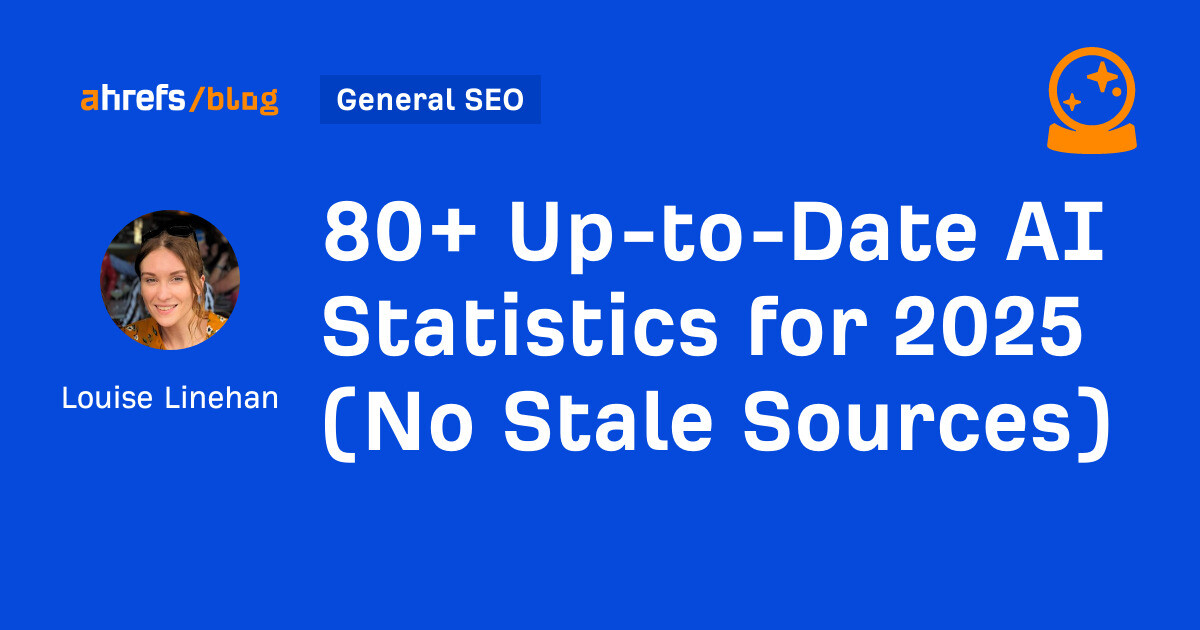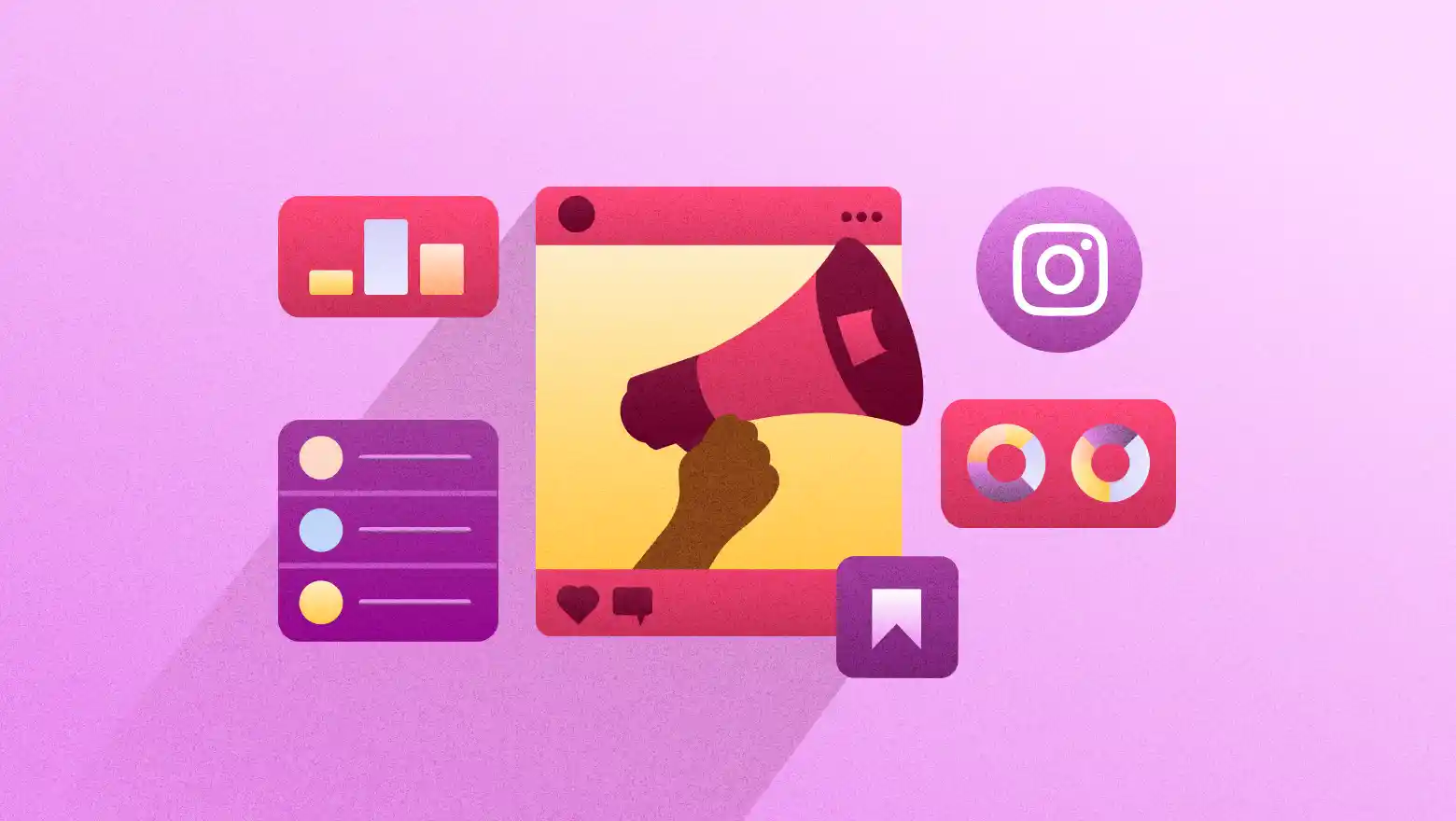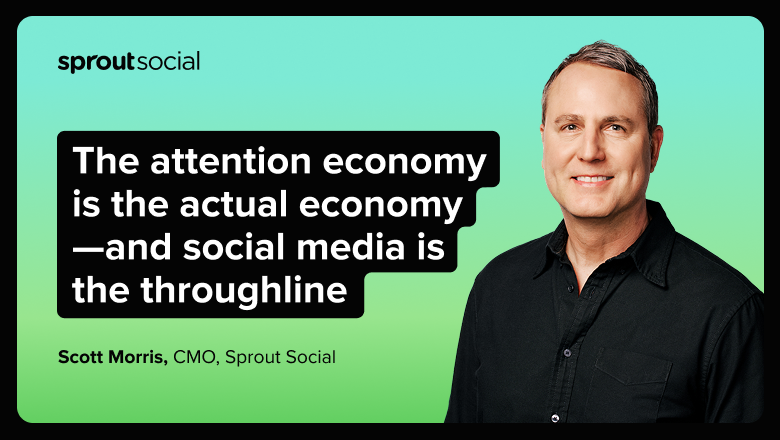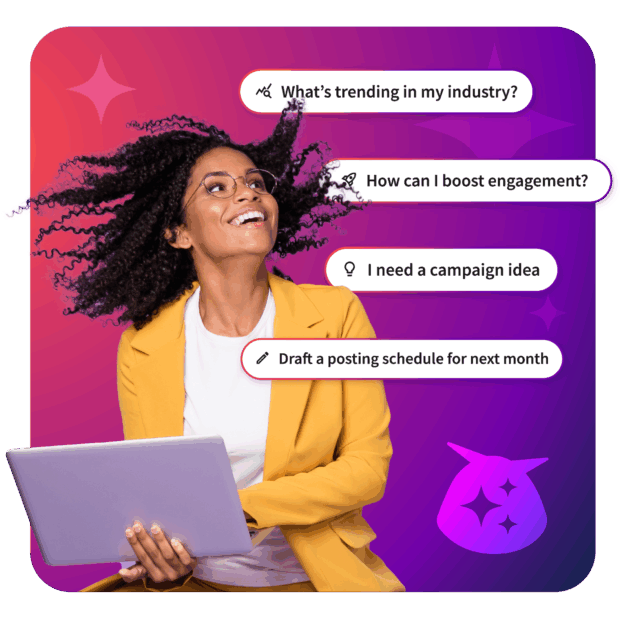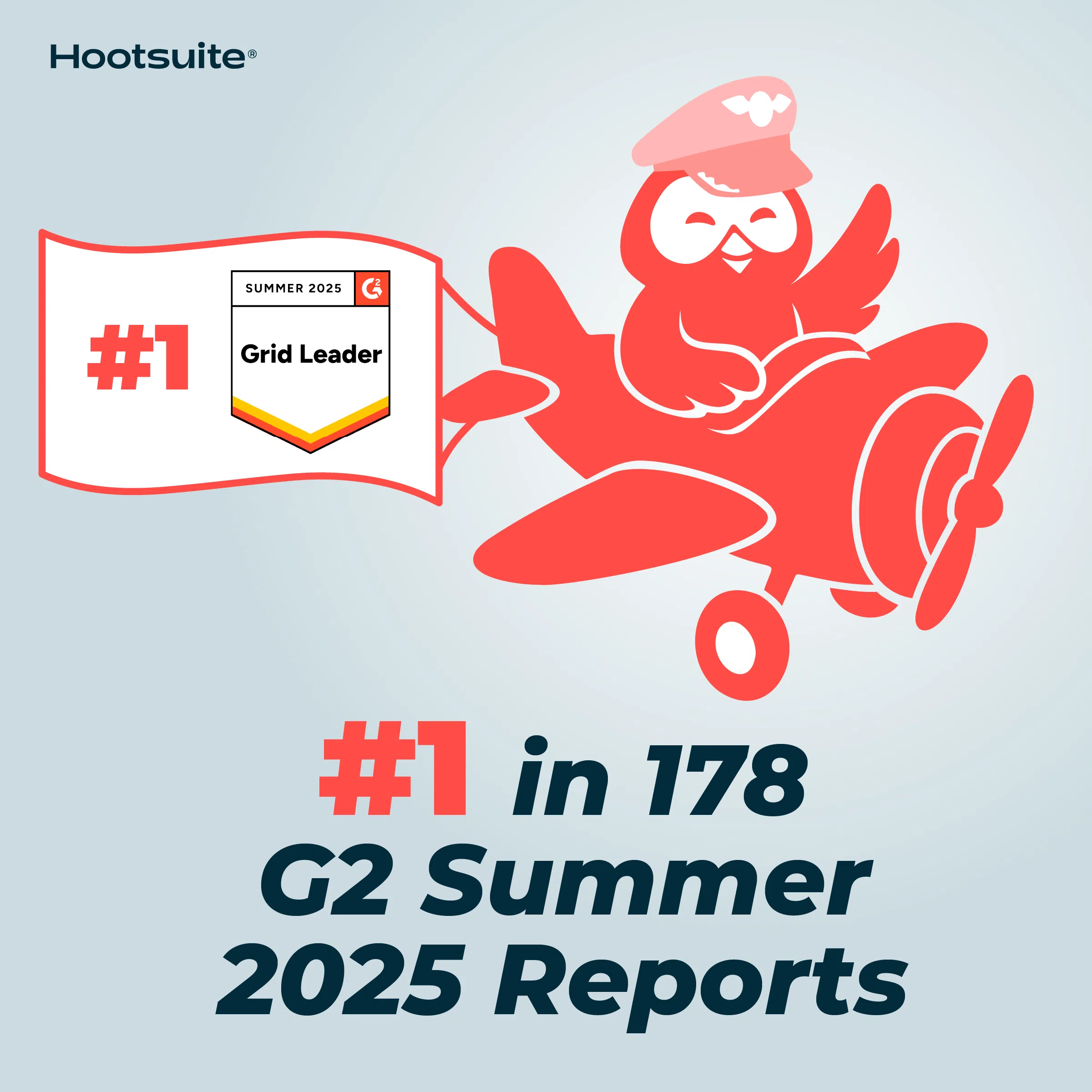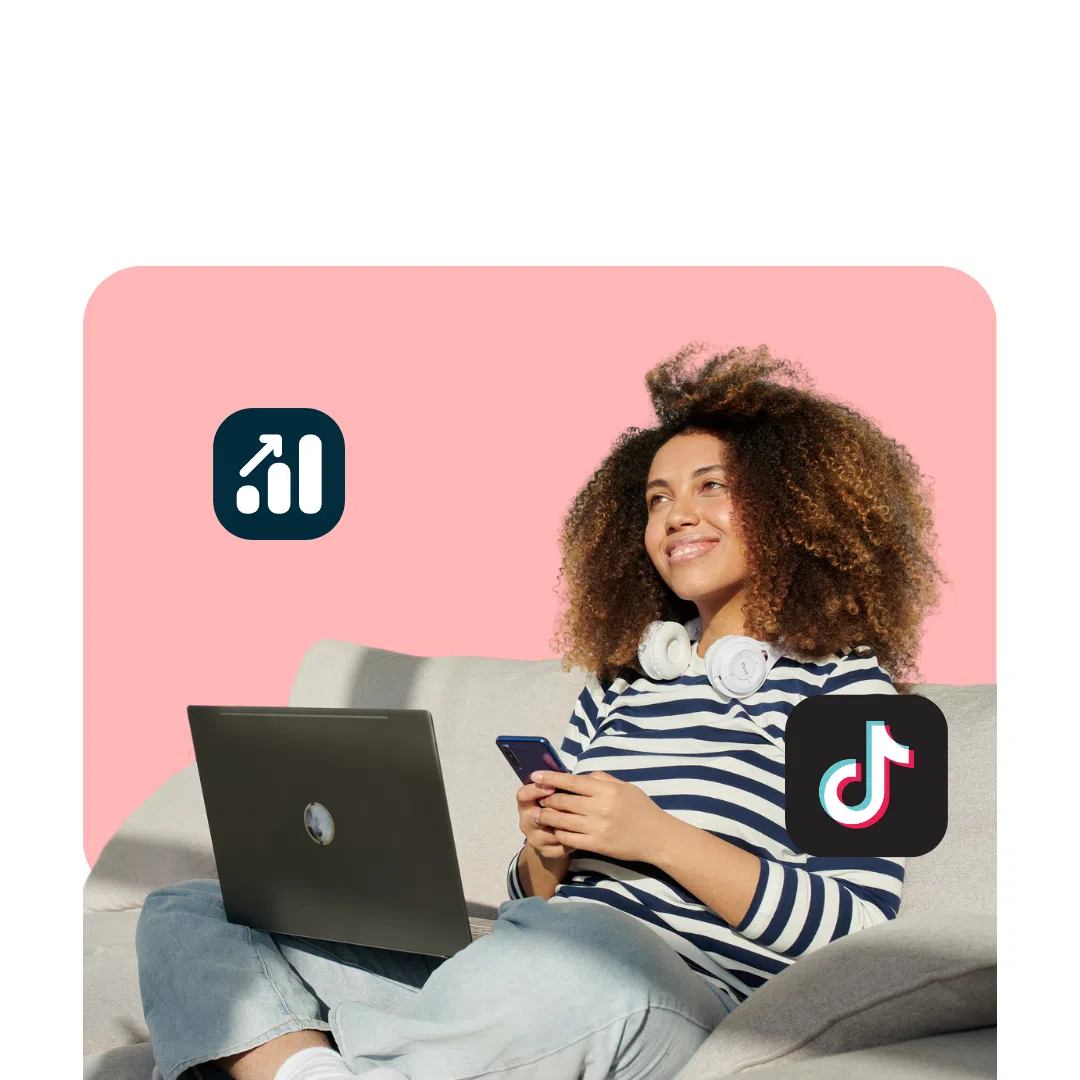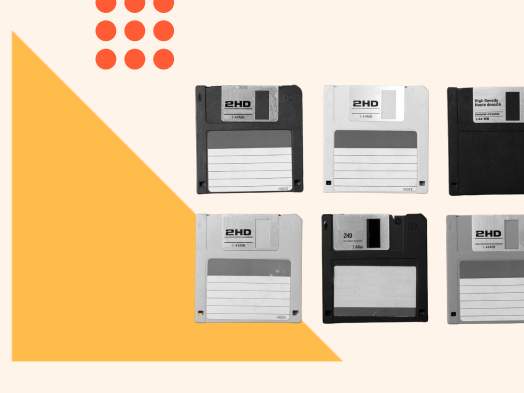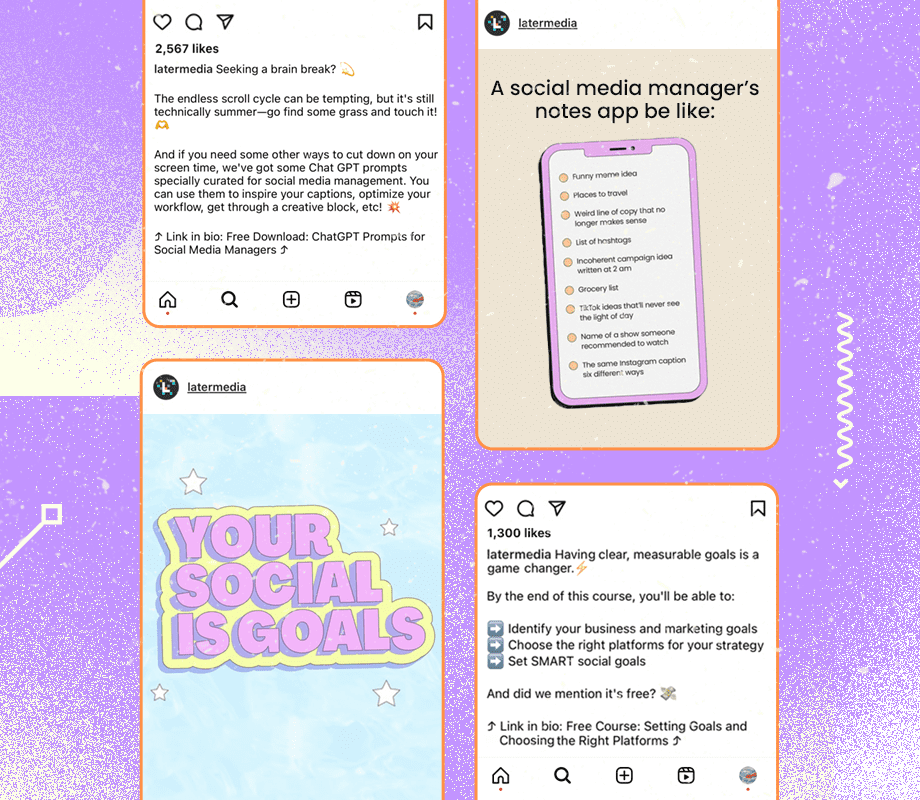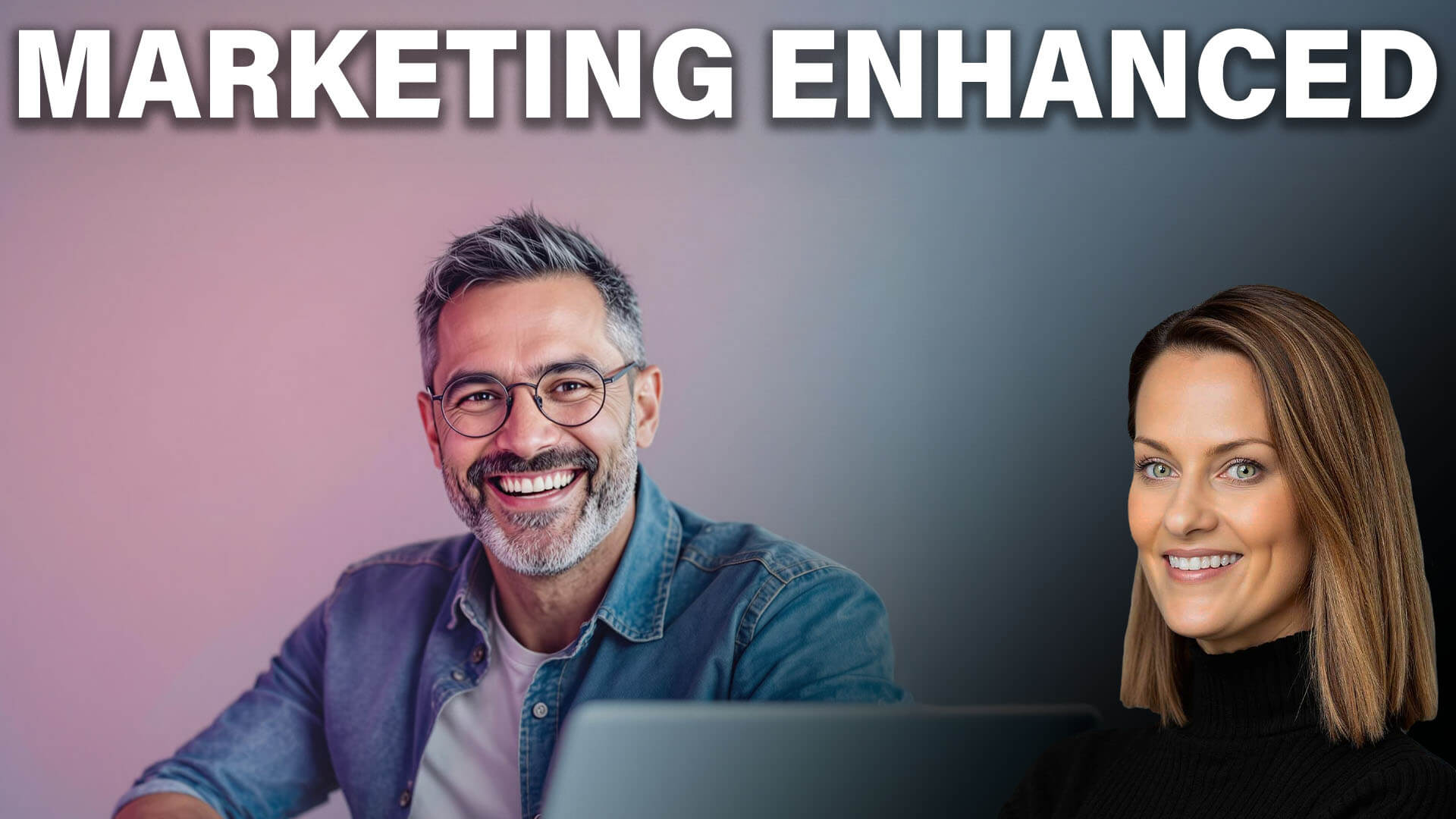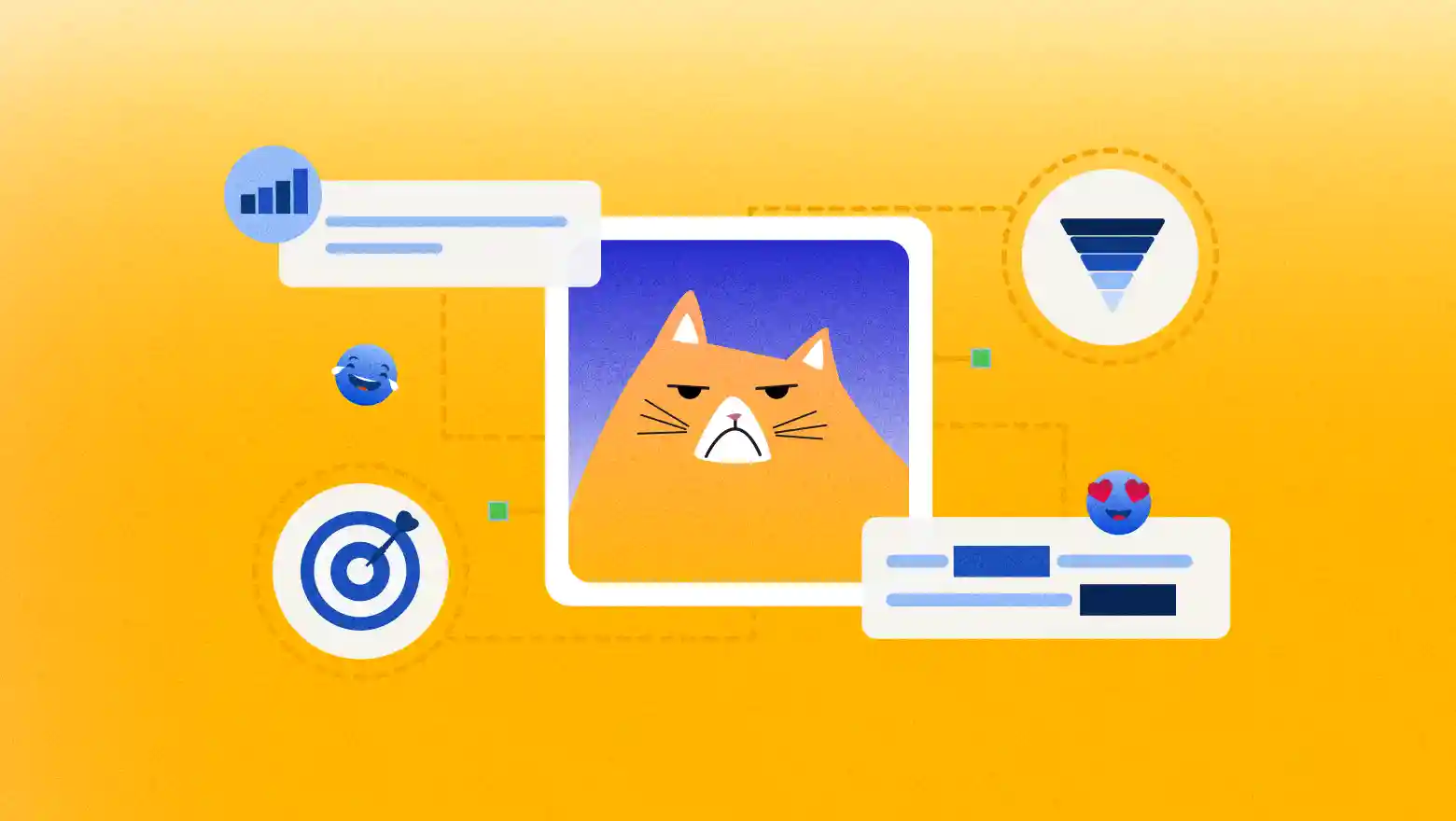Getting the most out of your benefits communications strategies
It doesn’t have to involve walls of text about healthcare plans. Benefits communication doesn’t have a reputation for being exciting. It conjures up images of dense booklets outlining healthcare offerings and complex descriptions of retirement plans. But it doesn’t always have to be this way. At Ragan’s Employee Experience Conference this August 5-7 in Disneyland, […] The post Getting the most out of your benefits communications strategies appeared first on Ragan Communications.

It doesn’t have to involve walls of text about healthcare plans.
Benefits communication doesn’t have a reputation for being exciting. It conjures up images of dense booklets outlining healthcare offerings and complex descriptions of retirement plans. But it doesn’t always have to be this way.
At Ragan’s Employee Experience Conference this August 5-7 in Disneyland, Jennifer Taffaro, director of benefits at Ochsner Health System, will share a case study on how her organization overhauled its benefits communication processes to help customize how its offerings were shared as opposed to a catch-all solution.
“Communications is not one-size-fits-all,” Taffaro said. “It’s about knowing your audience—and not being afraid to segment by persona or generation to keep people engaged.”
A new identity for benefits comms
In 2020, Ochsner realized that the way they talked about employee benefits needed to change. The messaging was too dense and hard to decipher for every employee.
“There was a lot of text involved and it wasn’t very engaging,” Taffaro said. “We needed to create a brand identity for our benefits communication.”
Ochsner worked with Indianapolis-based marketing agency Westcomm on the messaging overhaul. The process resulted in benefits comms messaging that strayed away from text-heavy descriptions and leaned into engaging visuals to inform the employee audience.
“We gave ourselves colors, icons and an overall brand,” Taffaro said. “That meant less words and more pictures and graphics.”
While graphics and icons can be beneficial in explaining benefits, text is still needed to navigate the complexities of offerings. Taffaro and her team concluded that working with language that was easy to understand for every employee would create the highest level of engagement.
“We wanted benefits messages at a 6th, 7th and 8th grade reading level instead of benefits-speak,” Taffaro said.
It’s notable to mention that Ochsner’s benefits comms revamp wasn’t a one-and-done process. Every year, Taffaro and her team update their wording and graphics to correspond with changes to benefit offerings and to ensure they’re still reaching the audience with maximum efficiency.
“Every year, we continue to build on the process,” she said. “How can we make the employee experience better?” Taffaro said that this included overhauling dense text into more bite-size messaging that included summaries on family leave, caring for aging parents and more.
Keeping people at the center of the mission
Benefits communication is most effective when it puts the people on the receiving end of the offerings at the heart of the message. At Ochsner, an employee advisory group called the True North Council helps bring attention to conversations and topics that are of interest to employees. Taffaro said that the council helps her team with its messaging strategy by helping them understand what benefits employees desire the most and how to discuss them. This is especially important as a healthcare organization that has thousands of workers from frontline staff to those in office capacities and many in between.
“Because we’re clinical, it can be different shifts,” she said. “You’ll have people who just work nights, weekends, people who work just days, or a combination.”
She said that True North Council helps the benefits communication efforts by providing perspectives from all employee backgrounds as opposed to just a few. Additionally, she remarked that the benefits team actively seeks the input of the council rather than waiting for recommendations, emphasizing the importance of employee input.
“We go present to the True North Council and ask for their feedback,” Taffaro said. “They really help us see what we might be missing.”
Taffaro also shared that company-wide gatherings have provided another window of opportunity to connect over the benefits offerings. Oschner runs events called Days of Purpose, which are employee-centric gatherings that help emphasize the importance of a healthcare worker’s mission. Days of Purpose usually include presentations from leadership and emotional testimonies by patients in the health system.
But this year, Days of Purpose will have an added component — they’ll have representatives from the benefits team on-site to share information about benefits packages.
“We really want to make their benefits as impactful to them as possible,” she said. “We want them to see that this is what we bring to you.”
On top of the in-person experiences, Ochsner leans into some virtual help to assist employees. Olivia, the company’s in-house chatbot, helps employees with questions around the clock and serves as an extension of the benefits comms team.
Taffaro told Ragan that Olivia helps fill the gap for individualized questions, while the benefits team can tackle the bigger ticket issues.
“For instance, if you don’t remember what your medical co-pay is she’ll tell you exactly,” Taffaro said. “She’ll help you navigate benefits 24/7.”
Taffaro added that while Olivia might be an artificial intelligence program, the human connection to benefits she provides is very real.
“It’s part of how we show inclusivity — by helping employees feel supported and informed,” she said. “Whether it’s virtually or actually talking to somebody, we’re advocating for the employee.”
Sean Devlin is an editor at Ragan Communications. In his spare time he enjoys Philly sports and hosting trivia.
The post Getting the most out of your benefits communications strategies appeared first on Ragan Communications.

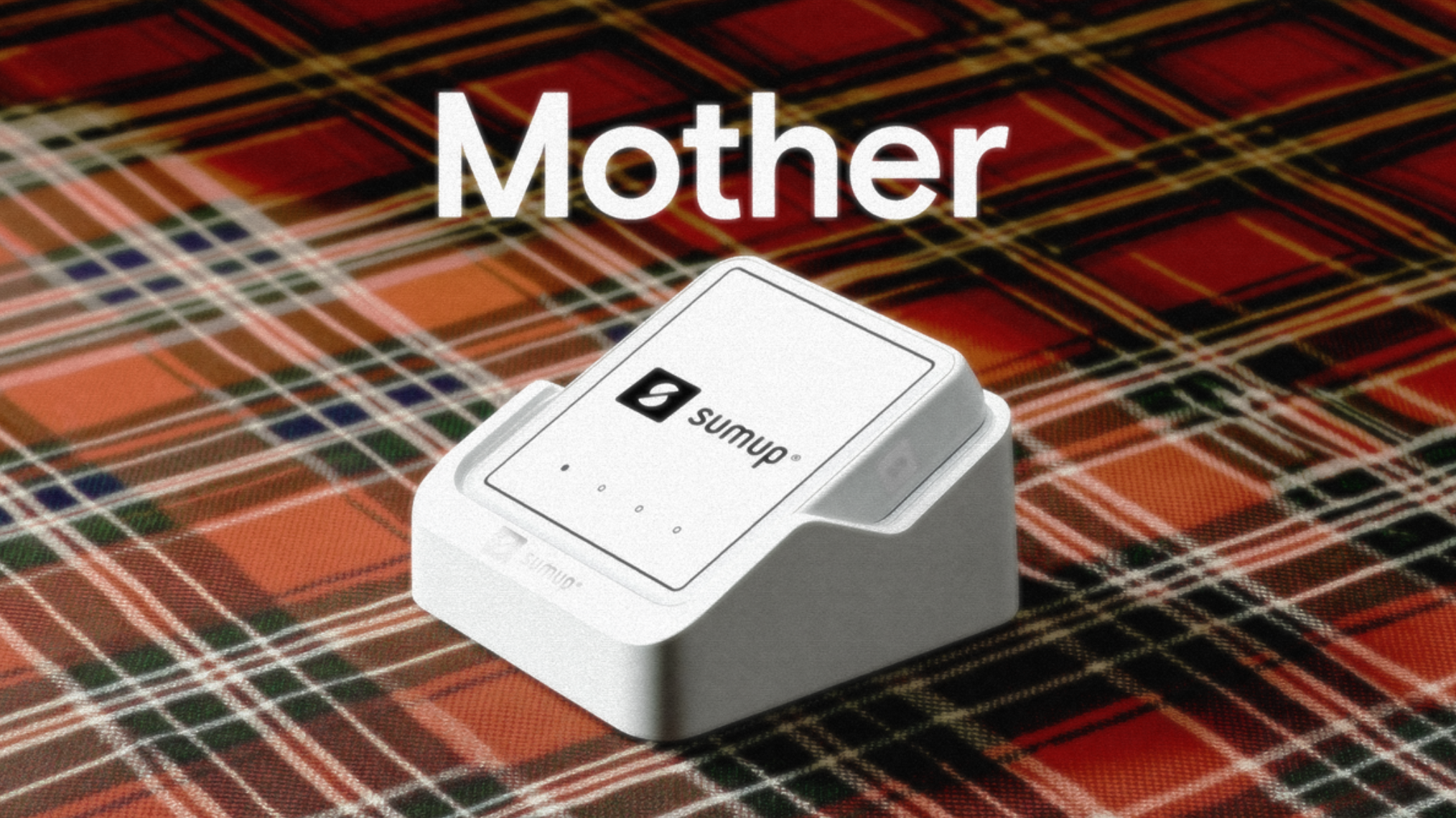












_1.jpg)








![How To Drive More Conversions With Fewer Clicks [MozCon 2025 Speaker Series]](https://moz.com/images/blog/banners/Mozcon2025_SpeakerBlogHeader_1180x400_RebeccaJackson_London.png?auto=compress,format&fit=crop&dm=1750097440&s=282171eb79ac511caa72821d69580a6e#)

![Brand and SEO Sitting on a Tree: K-I-S-S-I-N-G [Mozcon 2025 Speaker Series]](https://moz.com/images/blog/banners/Mozcon2025_SpeakerBlogHeader_1180x400_LidiaInfante_London.png?auto=compress,format&fit=crop&dm=1749465874&s=56275e60eb1f4363767c42d318c4ef4a#)

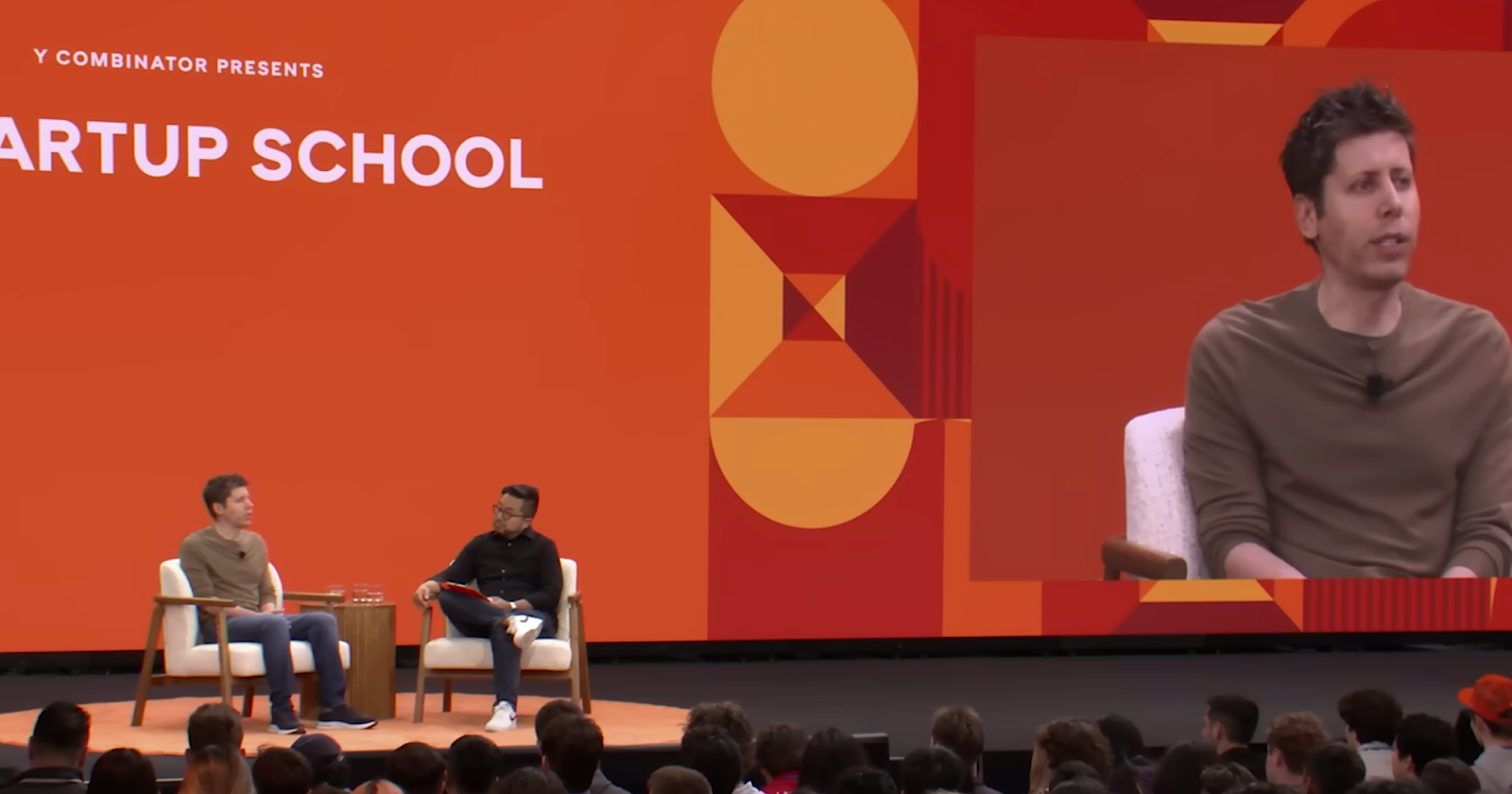

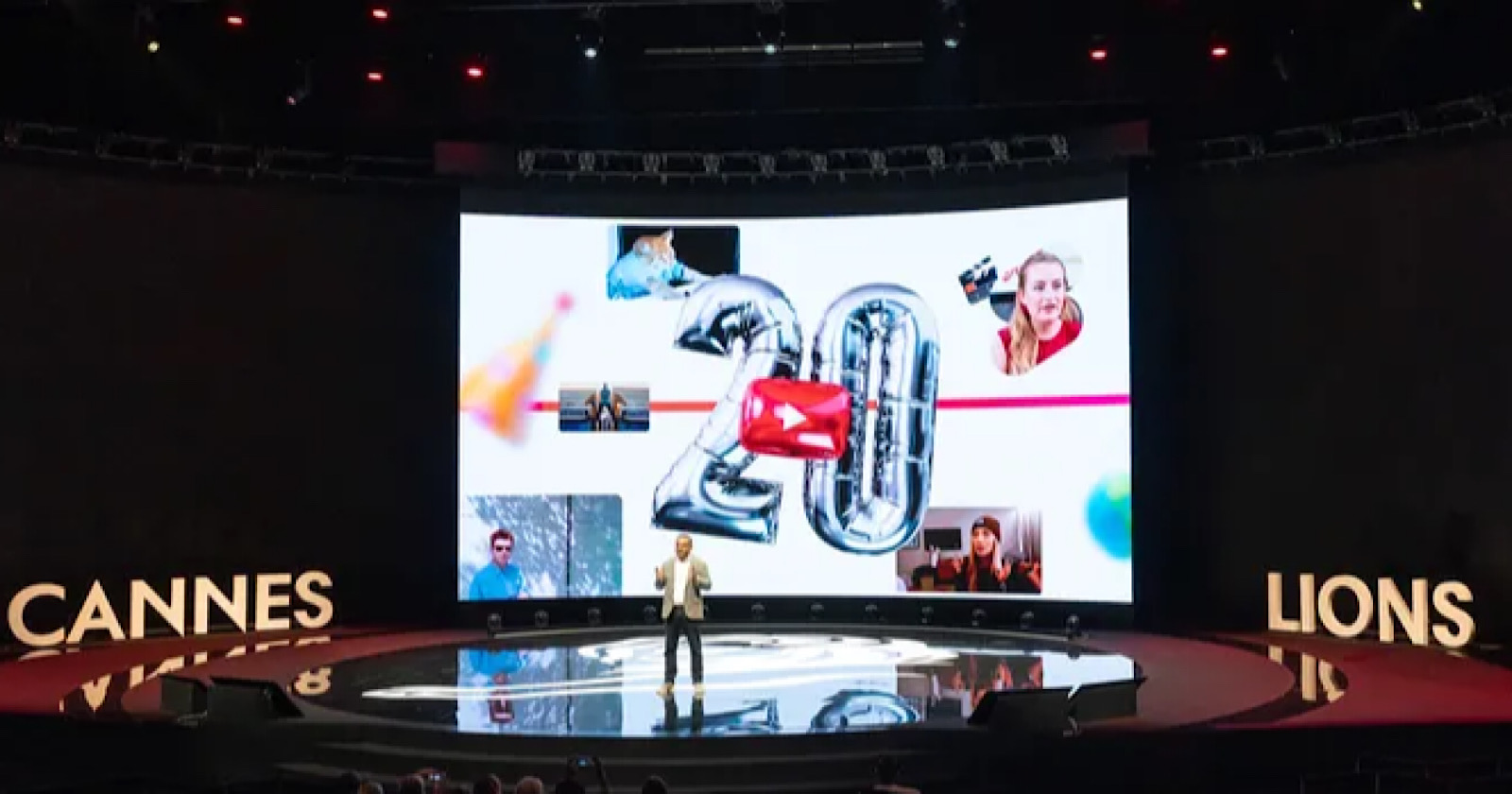





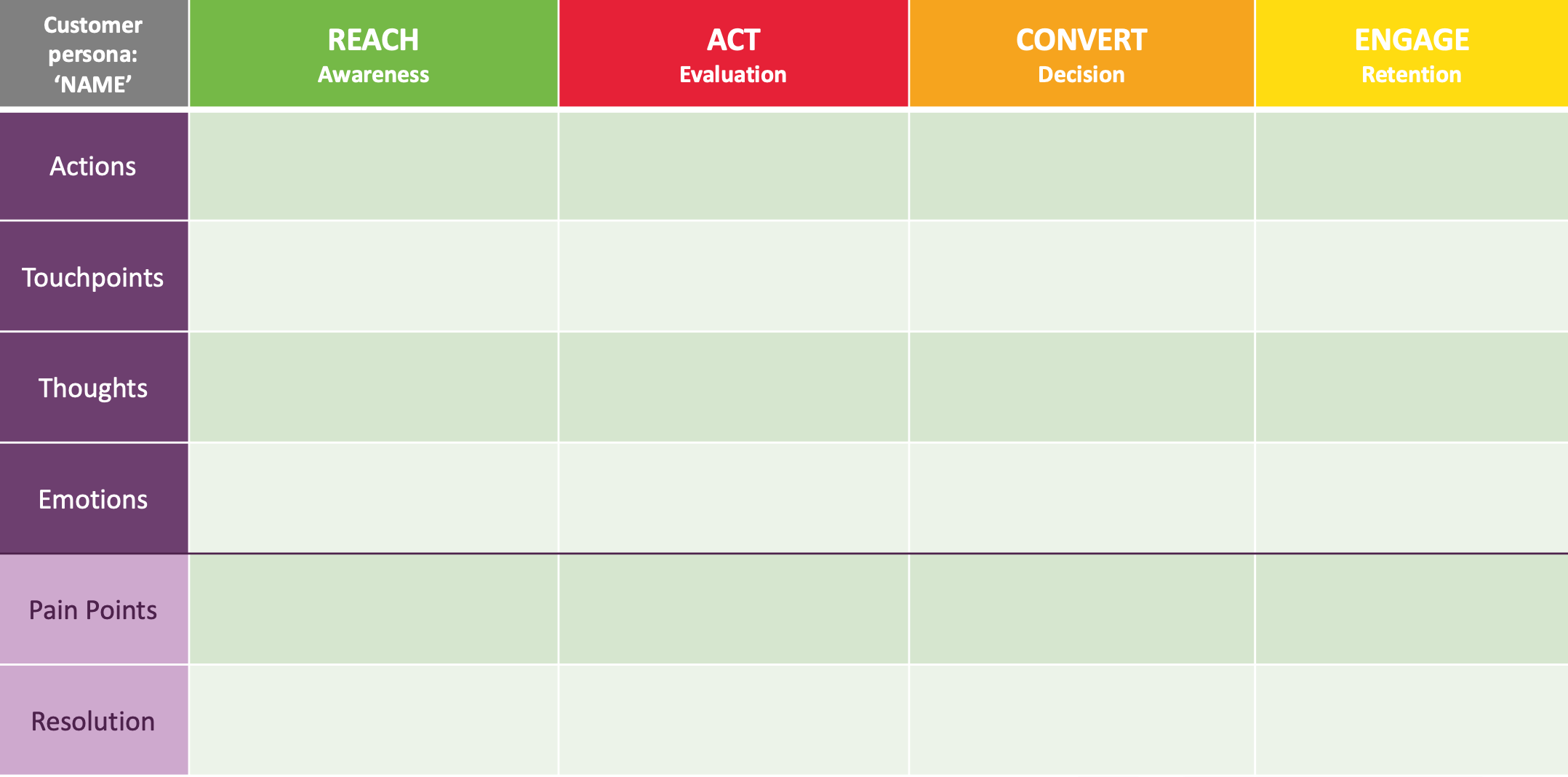















![The 11 Best Landing Page Builder Software Tools [2025]](https://www.growthmarketingpro.com/wp-content/uploads/2024/04/best-landing-page-software-hero-image-1024x618.png?#)



































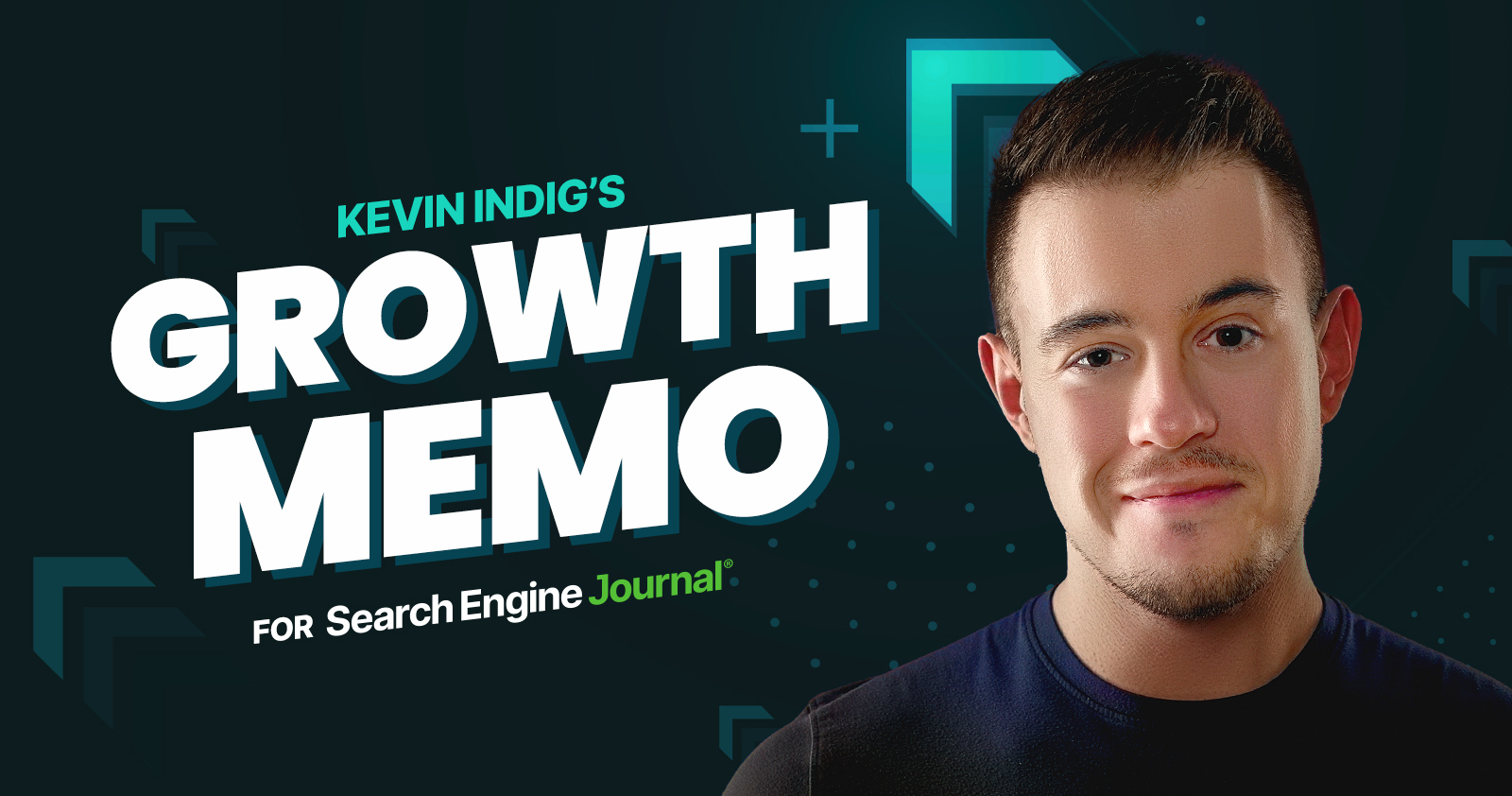

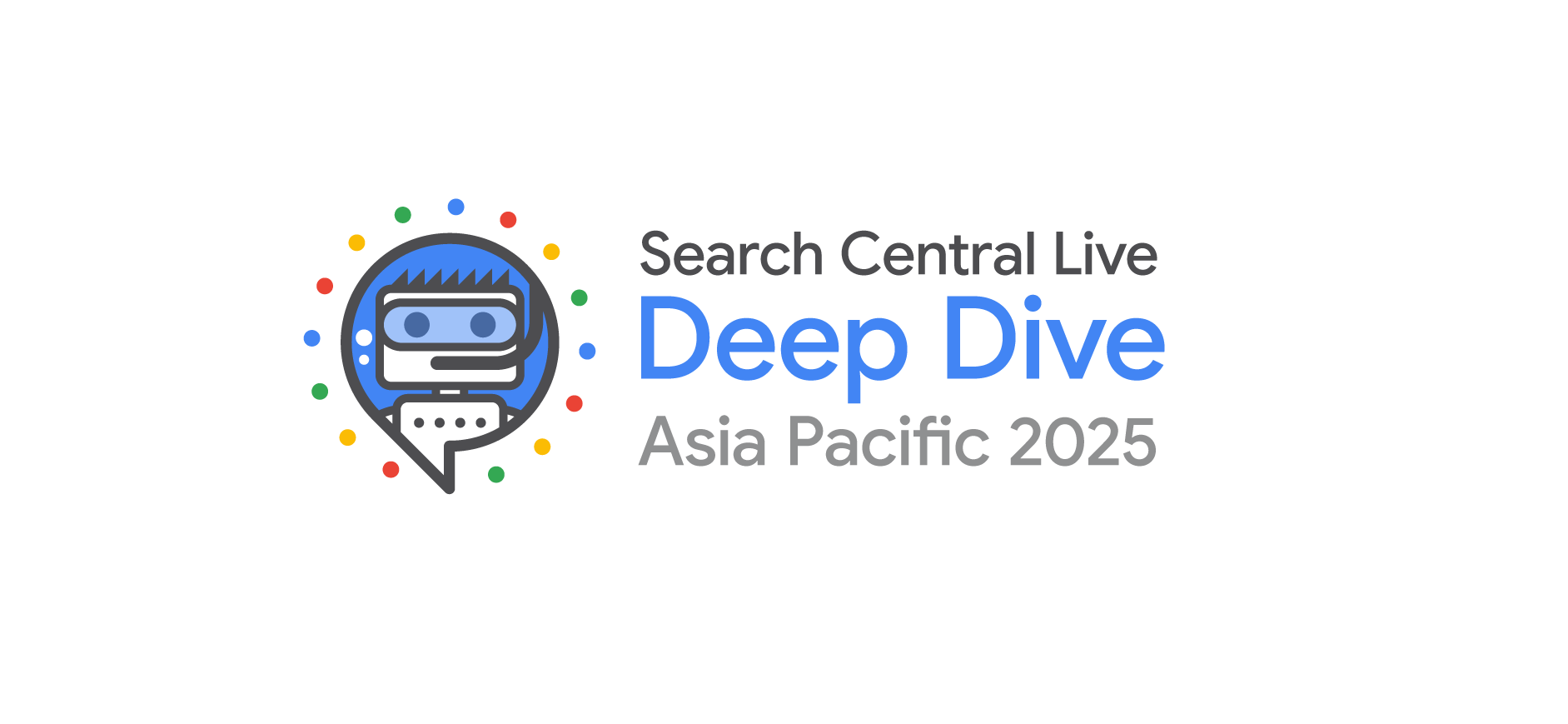


![How to Create an SEO Forecast [Free Template Included] — Whiteboard Friday](https://moz.com/images/blog/banners/WBF-SEOForecasting-Blog_Header.png?auto=compress,format&fit=crop&dm=1694010279&s=318ed1d453ed4f230e8e4b50ecee5417#)

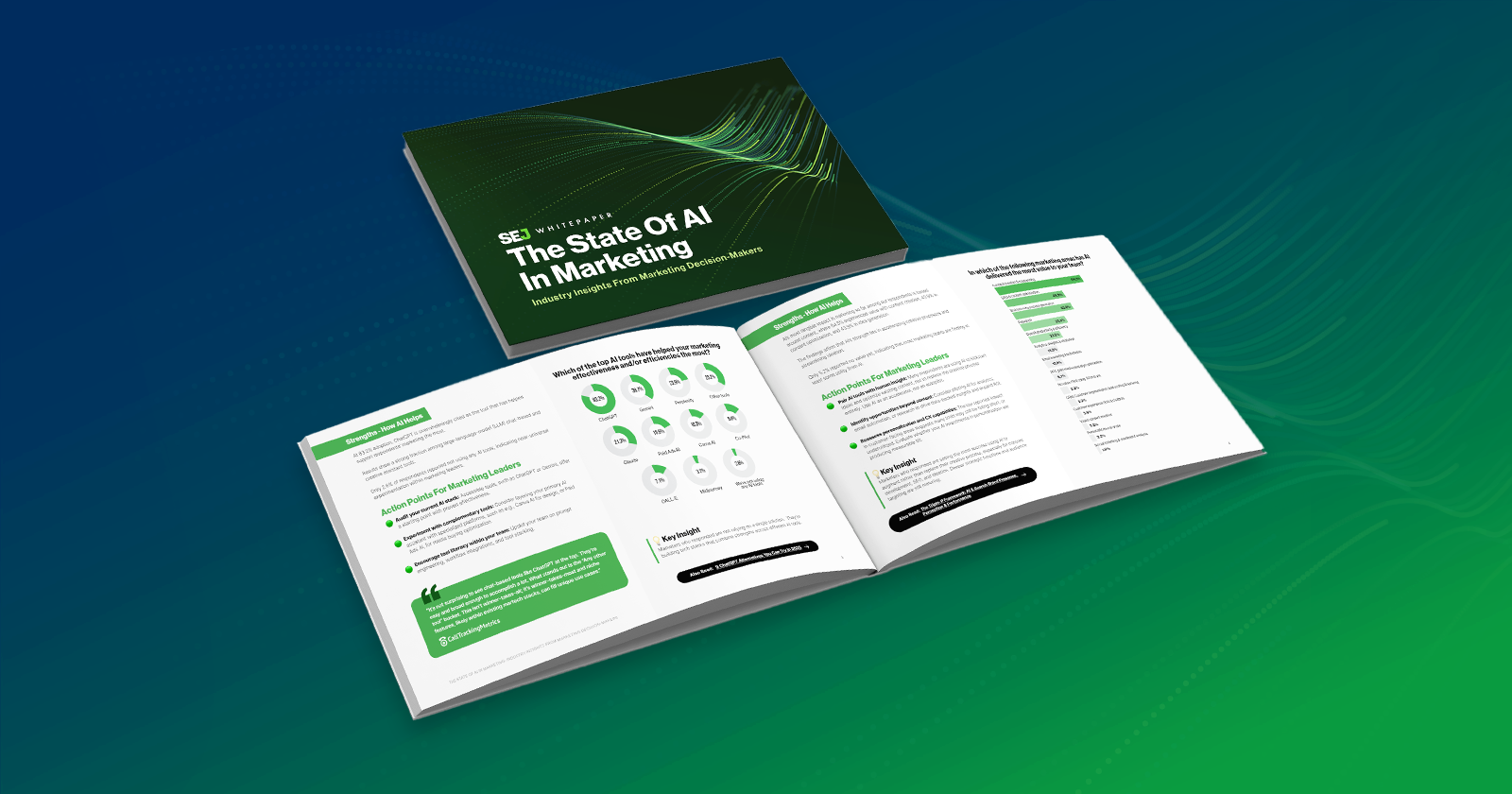


![What Is a Markup Language? [+ 7 Examples]](https://static.semrush.com/blog/uploads/media/82/c8/82c85ebca40c95d539cf4b766c9b98f8/markup-language-sm.png)



